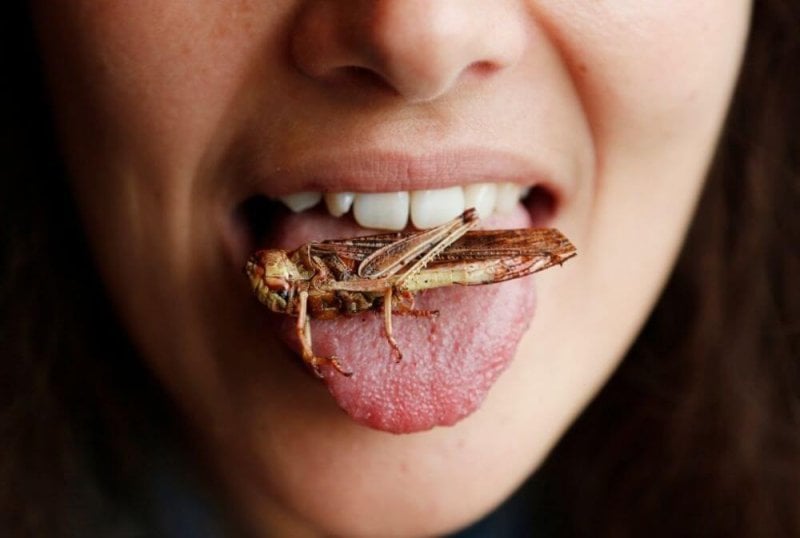Filling in the gaps in the world’s food web requires unlearning some tastes and preferences.
Consider the insect. Around 1,900 species are eaten around the world, according to the FAO. The cuisine of Oaxaca, arguably Mexico’s most complex and delicious, features fried chapulines (grasshoppers) seasoned with lime, chilies and salt and rolled into a fresh corn tortilla. Drinkers in rural Thailand snack on deep-fried, thumb-sized beetles; those working the fields of southern Africa prefer chubby mopane worms. Around 2bn people choose to eat insects on a regular basis. The rest of the world does so unknowingly, and to a lesser degree, while eating other things.
Insects convert nutrients and water into protein far more efficiently than more commonly consumed animals. Raising them does not require land-clearing, releases very little greenhouse gas and can be done alongside other crops—another bit of gap-filling. They can be fed on organic waste, reducing the flow of waste into landfills.
…
Fifty years ago, most Western diners looked askance at eating raw fish; today you can get sushi at supermarkets. A number of insect-food startups have been garnering a modest amount of investment hoping for a similar change in taste.































